Rising Demand in Automotive Sector
The automotive sector is experiencing a notable increase in the demand for oxidation inhibitors, primarily due to the growing emphasis on vehicle longevity and performance. As manufacturers strive to enhance engine efficiency and reduce emissions, the incorporation of oxidation inhibitors in lubricants and fuels becomes essential. The Oxidation Inhibitor Market is projected to witness a compound annual growth rate of approximately 5% over the next few years, driven by the need for advanced formulations that can withstand higher temperatures and oxidative stress. This trend is further supported by consumer preferences for vehicles that offer better fuel economy and lower maintenance costs, thereby propelling the market forward.
Regulatory Pressures and Compliance
Regulatory frameworks are becoming more stringent, compelling manufacturers to adopt oxidation inhibitors that comply with environmental and safety standards. The Oxidation Inhibitor Market is likely to see increased demand for compliant products as companies strive to meet these regulations. This trend is particularly relevant in sectors such as automotive and industrial manufacturing, where adherence to environmental guidelines is critical. As regulations evolve, the market may experience a shift towards more sustainable and eco-friendly oxidation inhibitors, which could reshape product offerings and influence purchasing decisions in the coming years.
Expansion in Industrial Applications
The industrial sector is increasingly adopting oxidation inhibitors to enhance the durability and performance of various products, including coatings, adhesives, and plastics. The Oxidation Inhibitor Market is likely to benefit from this trend as industries seek to improve product lifespan and reduce degradation caused by oxidative processes. With The Oxidation Inhibitor Market expected to reach USD 200 billion by 2026, the demand for oxidation inhibitors is anticipated to rise correspondingly. This expansion is indicative of a broader shift towards high-performance materials that can withstand harsh environmental conditions, thereby creating lucrative opportunities for manufacturers in the oxidation inhibitor space.
Growing Awareness of Product Quality
There is a rising awareness among consumers regarding the quality and longevity of products, which is influencing purchasing decisions across various sectors. The Oxidation Inhibitor Market is responding to this trend by developing innovative solutions that enhance product stability and performance. As consumers increasingly prioritize durability, manufacturers are compelled to incorporate effective oxidation inhibitors into their formulations. This shift is particularly evident in sectors such as food packaging and personal care, where product integrity is paramount. The market is expected to grow as companies recognize the competitive advantage of offering high-quality, long-lasting products that meet consumer expectations.
Technological Innovations in Formulations
Technological advancements are playing a crucial role in the evolution of the oxidation inhibitor market. The development of new formulations that offer superior protection against oxidative degradation is becoming increasingly prevalent. The Oxidation Inhibitor Market is witnessing innovations such as bio-based inhibitors and multifunctional additives that not only prevent oxidation but also enhance other properties of the products. This trend is likely to attract investment and research efforts, as companies aim to stay ahead in a competitive landscape. The introduction of these advanced formulations is expected to drive market growth, as they cater to the evolving needs of various industries.


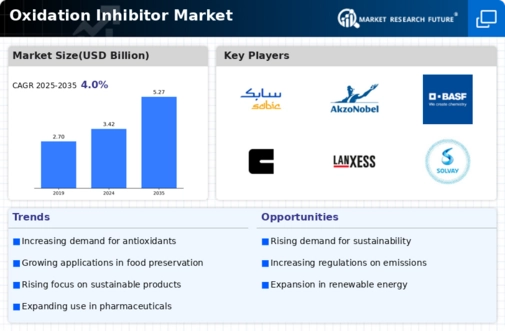
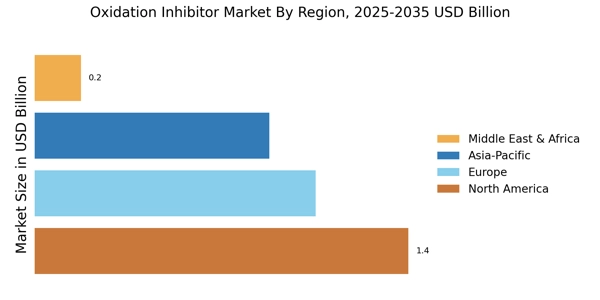
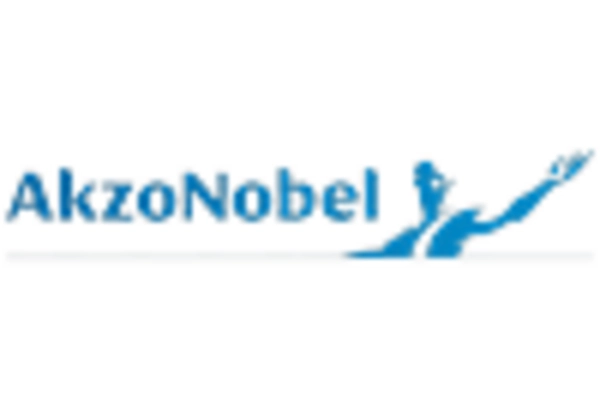

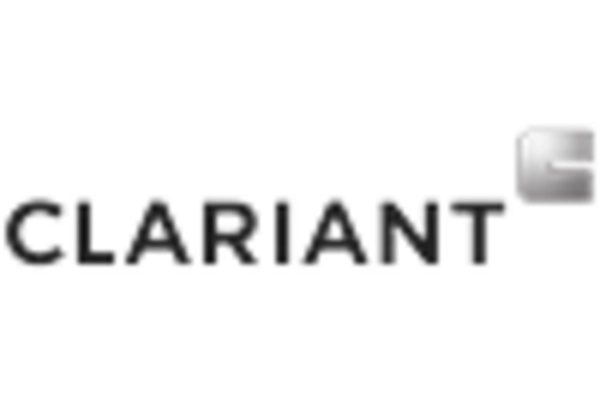


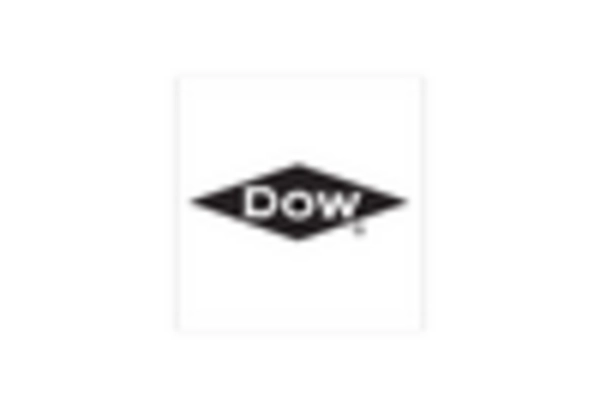








Leave a Comment